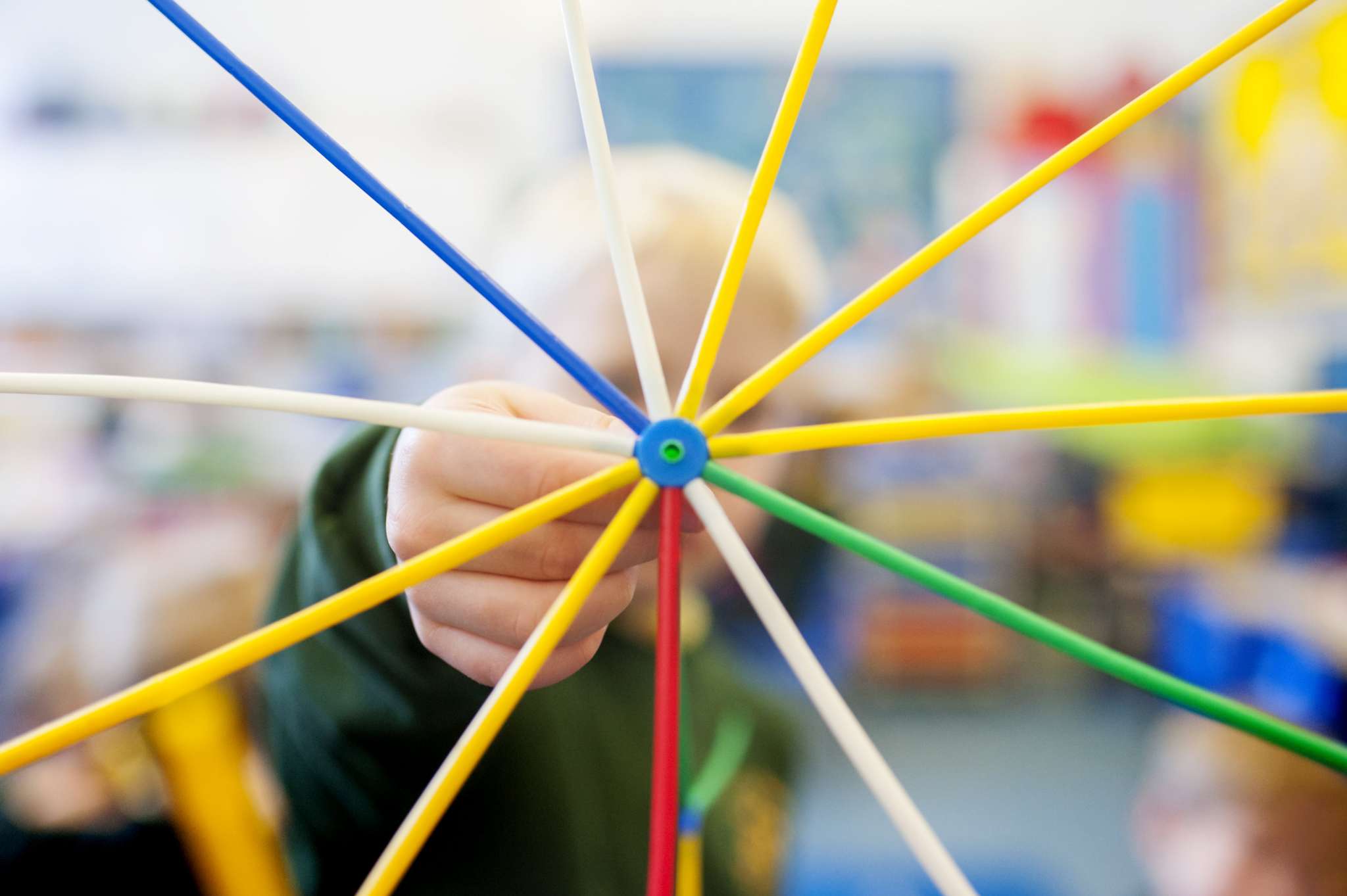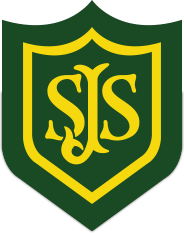St John's Highbury Vale CE Primary School
Design Technology
Design Technology
At St John’s Highbury Vale Primary School we intend to build a Design Technology curriculum which develops learning and results in the acquisition of knowledge and skills. Children will know more, remember more and understand more.


